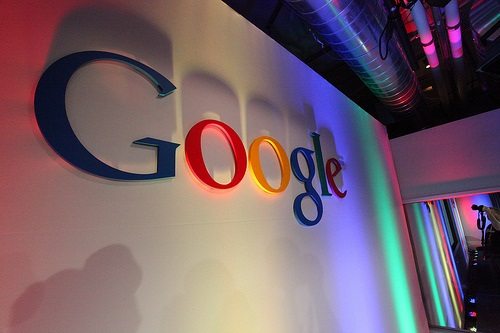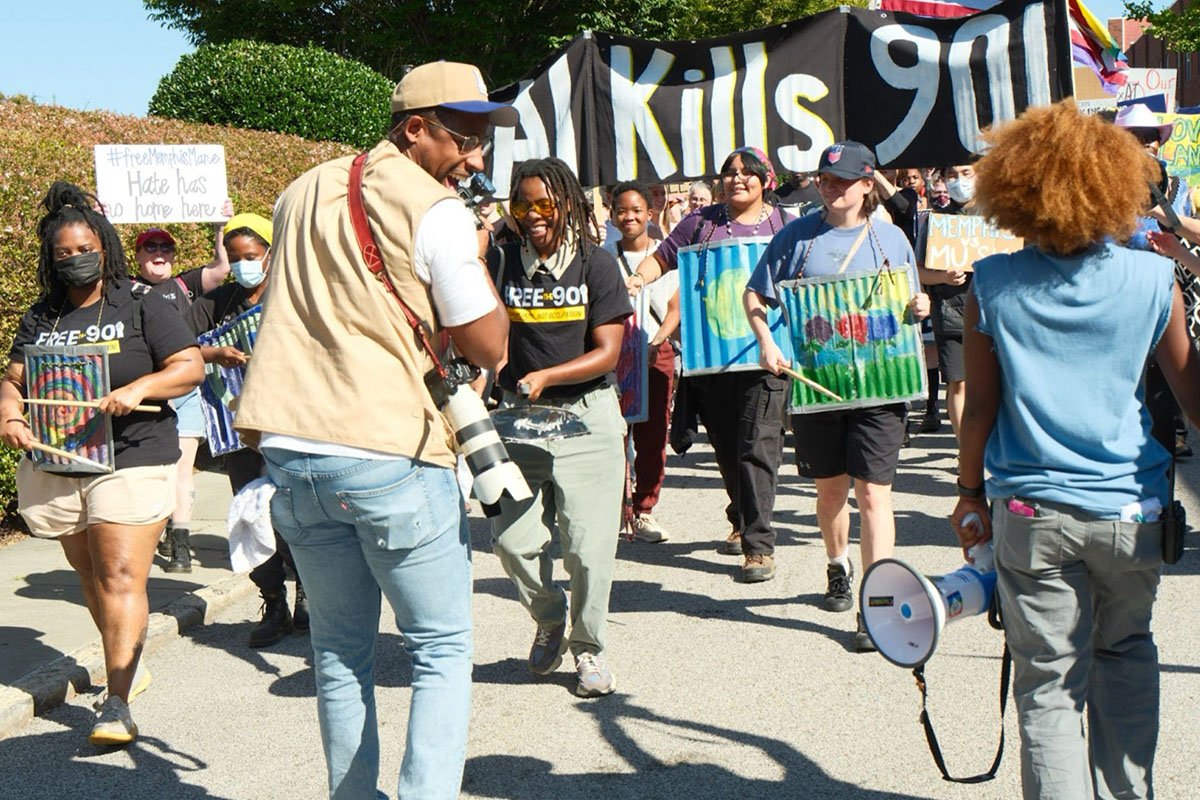
December 10, 2014; VentureBeat
Google has been making strides with a variety of different arts and cultural organizations, bringing relatively inaccessible work to the public through digital means. The Google Cultural Institute archives and makes available to the online world images and documents relating to the history of film, artwork, preservation, and more. Soon, the Institute will expand to more than just an archive of history and art; it will serve as a platform for museums and galleries to create and manage their own mobile apps.
The Institute will be an extension of Google Open Gallery, which has provided nonprofit cultural organizations with tools to create their own online gallery exhibits. Currently in the pilot phase, Google is working with eleven organizations from four different countries (France, Italy, Netherlands, and Nigeria) to modify and find best practices for the platform.
Sign up for our free newsletters
Subscribe to NPQ's newsletters to have our top stories delivered directly to your inbox.
By signing up, you agree to our privacy policy and terms of use, and to receive messages from NPQ and our partners.
Those who take advantage of this new program will be able to lean on familiar Google technology like YouTube and Google Maps Street View, whose functionality they can include in their apps. Unfortunately, only Android users can download and use these apps (via the Google Play store) but it’s still a step toward increased accessibility for museums and galleries that may not otherwise have the funds or the know-how to produce a mobile app and for the general public, who can now access artworks and exhibits digitally. Organizations must be vetted and apply at the Institute’s website before they can access the platform’s resources.
Of course, in this day and age, we witness many organizations transferring services and opportunities into the digital realm. Organizations have been doing this for years; an example of a current large-scale digital cultural program is the Smithsonian’s Access American Stories app, which is a part of the Smithsonian’s Accessibility Program. Even a massive enterprise of knowledge, like the Library of Congress, makes a wide range of topics available online through its website’s Digital Collections and Services section, which spans many artistic and cultural forms.
In 2013, the Pew Internet and American Life Project released a study that identified patterns of technology integration into the strategic planning and day-to-day operations of many arts organizations. The Arts Organizations and Digital Technologies report focused heavily on technologies such as websites, social media, and online sales. However, the report demonstrates that 24 percent of the respondents used mobile apps to disseminate information to the public, 17 percent used apps to facilitate work within their organization; 15 percent used apps for online sales or tickets, and 5 percent used apps for employee training purposes.
Based on the Pew American Life statistics, it seems arts and cultural organizations have not yet reached the threshold for maximizing their use of mobile apps. It will be interesting to see how this trend grows within the next few years.—Jennifer Swan











